Youtube Logo Design: History & Evolution

Image Courtesy: Youtube
When it comes to iconic branding, few symbols are as instantly recognizable as the YouTube logo. If you're in the world of graphic design, chances are you've admired or analyzed the simplicity and impact of YouTube's emblem at some point in your career. But have you ever wondered about the history and evolution behind YouTube logo design? Whether you're an aspiring designer seeking inspiration or a seasoned professional looking to unravel the secrets of one of the most potent visual identities in the digital era, this journey into the world of YouTube logo design is sure to intrigue you.
From its humble beginnings to its current status as a global emblem, the YouTube logo design story is rich, full of lessons, and reflects the ever-changing landscape of digital media, where one of the key metrics of success is the number of Youtube views and Youtube likes a video can garner. So grab a cup of coffee, and let's explore the twists, turns, and techniques that went into crafting this iconic logo. Together, we'll uncover how YouTube's visual identity has not only set the brand apart but also influenced the broader design community. Stay tuned, because this is one design evolution you won't want to miss!
YouTube Logo Design History
2005 - 2011
When we look back at the history of YouTube logo design, the chapter from 2005 to 2011 is particularly fascinating. It's during this period that YouTube's visual identity took shape and began to resonate with users around the world.
In 2005, a simple yet distinctive logo marked YouTube's debut. This very first YouTube logo design was divided into two parts. The word "You" was presented in an unassuming black typeface with the first letter capitalized. Then came the "Tube," written in white, and placed against a gradient three-dimensional rectangle with gently rounded corners. This combination created a remarkable resemblance to the shape of a TV or a computer screen.
Now, what made this YouTube logo design truly iconic was the red rectangle. Its bright, glossy gradients gave it a unique visual appeal that immediately caught the eye. This red part quickly became the brand's signifier, recognized all around the globe. It was a clever nod to traditional media formats while also signaling YouTube's innovative approach to content delivery.
What's particularly interesting to us graphic designers is how this logo managed to combine modernity with nostalgia. While the black and white typographic choices were sleek and contemporary, the red rectangle brought a touch of old-school television flair. The gradients on the red part added depth and dimension, creating a visual connection between the digital platform and physical screens.
This initial YouTube logo design remained consistent until 2011, serving as the visual cornerstone of the brand. During those early years, YouTube wasn't just a video-sharing platform; it was a cultural phenomenon. The logo's design played a crucial role in that success by providing a memorable, distinct image that helped users identify and connect with the platform.
However, all good things evolve, and so did the YouTube logo design. The brand's expansion and the evolving trends in design meant that YouTube needed to revisit its logo. In 2011, the bright glossy gradients on the red rectangle were replaced. Yet, the essence of that original design, the red rectangle signifying a screen, continued to remain a constant feature.
Reflecting on this period of YouTube logo design, it's clear how important it is for a logo to be both reflective of its time and flexible enough to evolve. The initial design captured the spirit of the early days of online video sharing, yet it was adaptable enough to set the stage for the years to come. For anyone in the world of graphic design, YouTube's early visual identity is not just a logo; it's a lesson in balancing innovation, tradition, and adaptability.

Image Courtesy: Youtube
2011 - 2013
The next significant chapter in the story of YouTube logo design unfolded between 2011 and 2013. This period saw a transformation in the brand's visual identity, moving away from the bright, glossy allure to a more sophisticated and modern look. The changes were subtle but profound, and they had a lasting impact on the way we perceive the platform.
In 2012, the color palette of the YouTube logo design darkened, and the glossy texture of the red rectangle that had been synonymous with the brand was replaced with a matte finish. This seemingly minor shift had a remarkable effect on the overall feel of the logo.
Suddenly, the logo started looking more serious, trendy, and aligned with the design aesthetics of the time. By adopting a matte finish, the YouTube logo design began to evoke feelings of power, passion, and progress. The flat, non-reflective texture symbolized a brand that had matured and was confidently stepping into its role as a leader in the digital media landscape.
This shift towards a flat design in the YouTube logo design was not merely a style choice; it was a reflection of broader design trends. In the early 2010s, flat design became a buzzword among graphic designers, marking a departure from skeuomorphic elements that mimicked real-world textures. YouTube's transition to a flat badge was part of this larger movement, showcasing its awareness of contemporary design philosophies.
Furthermore, by embracing flat design, the YouTube logo gained a more professional appearance. It projected a sense of confidence and stability that resonated with content creators, viewers, and advertisers alike. The subtlety of this redesign was, in many ways, its strength, as it allowed the logo to grow with its audience without alienating those who were already familiar with the brand.
The changes in the YouTube logo design during 2011 - 2013 were indicative of the platform's evolution and its adaptation to an ever-changing digital environment. While preserving the core elements that made it recognizable, the logo was refined and updated to reflect a more mature and sophisticated brand.
For graphic designers, the transformation of the YouTube logo design in these years provides valuable insights into how minor alterations can lead to significant perceptual changes. It's a testament to the power of color and texture and how they can be leveraged to convey complex emotions and brand values.
In summary, the YouTube logo design from 2011 to 2013 is an inspiring chapter in branding, demonstrating that even well-established logos can benefit from thoughtful, timely updates. It's a reminder that design is never static but is always evolving, just like the platforms and audiences it serves.

Image Courtesy: Youtube
2013 - 2015
The next evolution in the YouTube logo design saga came between 2013 and 2015. This era signified a continued maturation of the brand's visual identity, further embracing minimalism while also returning to a lighter color palette.
In 2013, the red part of the logo, which had become flat and darker in the previous iteration, was now switched to a more buoyant hue. But the design retained its minimalist approach. The red part of the YouTube logo design became less aggressive and more approachable, reflecting the broad audience that YouTube served.
What stood out during this period was the transformation of the "Tube" part of the logo. It lost its outline and shadow, resulting in a look that was plain and simple yet strong and elegant simultaneously. By stripping away these additional elements, the YouTube logo design achieved a timeless quality that resonated with the brand's values and its users' expectations.
The shift to a more minimalist design was not just an aesthetic choice; it was a strategic one as well. The simplicity allowed for greater scalability, ensuring that the logo looked crisp and clear across various devices and screen sizes. As YouTube continued to grow, with users accessing content on everything from smartphones to large TV screens, this adaptability became crucial.
For us graphic designers, this version of the YouTube logo design serves as a masterclass in minimalism done right. It showed that less could indeed be more, as long as the core essence of the brand was preserved. The logo was not just a visual identifier but a symbol of YouTube's mission to make video content accessible and engaging for all.
This period also underlines the importance of flexibility in design. The lighter palette and minimalist approach were not new ideas but were implemented with a fresh perspective that aligned with the brand's evolution. It showed that revisiting and subtly altering design elements could breathe new life into an already strong and recognizable logo.
In essence, the YouTube logo design from 2013 to 2015 marked a harmonious blend of familiarity and innovation. It retained the iconic red color and typographic choices that audiences loved while infusing them with a modern, elegant twist. It was not a radical departure but a thoughtful refinement, reflecting a brand that was both in tune with its heritage and eager to innovate.
For those of us in the graphic design community, the YouTube logo's evolution during these years offers a compelling lesson in how simplicity, adaptability, and a strong understanding of brand identity can lead to a design that stands the test of time. It's a reminder that great design is not just about visual appeal but about resonating with the audience and growing alongside the brand it represents.

Image Courtesy: Youtube
2015 - 2017
The journey of YouTube logo design is filled with nuanced changes, each reflecting shifts in brand identity and design trends. During the years 2015 to 2017, another subtle yet impactful transformation occurred. This period didn't bring a radical redesign, but instead a measured and thoughtful change that had a profound effect on the logo's ambiance.
In 2015, the red element of the YouTube logo design became darker once again. While the composition and the typeface of the logotype remained untouched, this seemingly small tweak in color altered the mood significantly. The emblem suddenly took on a more exquisite and serious tone.
This shift in color for the YouTube logo design can be seen as an embodiment of the platform's continued maturation. YouTube was no longer just a hub for casual video content; it was becoming a sophisticated platform hosting various content creators, businesses, and serious artists. The darker red reflected this evolution, infusing the logo with an air of professionalism and depth.
What's especially interesting for us graphic designers in this phase of YouTube logo design is the sheer power of color. This alteration didn't involve complex changes in shape or typography; it was a mere shift in hue. Yet, it managed to convey a whole new set of emotions and align the logo with the changing dynamics of the platform.
This period in YouTube logo design also reinforces the idea that logo redesign doesn't always require an overhaul. Sometimes, the most powerful updates are those that respect the existing visual identity while introducing elements that resonate with the current brand values. The YouTube logo remained recognizable and faithful to its roots while adapting to the new age.
The 2015 redesign also serves as a reminder of the importance of context in design. As YouTube's audience grew and diversified, the logo needed to represent more than just fun and creativity. It had to exude a sense of credibility and allure that would appeal to a broader spectrum of users.
In conclusion, the YouTube logo design from 2015 to 2017 is a lesson in subtlety, precision, and the understanding of a brand's evolving narrative. It's proof that even a simple change in color can have a profound impact on perception and align a logo with a brand's current path.
For those who immerse themselves in the world of graphic design, this chapter in the YouTube logo design story is an inspiring example of how the most understated changes can often speak the loudest. It's a testament to the art of refinement and the never-ending quest for a visual identity that truly resonates.

Image Courtesy: Youtube
2017 - Present
The YouTube logo design story reached a defining moment in 2017 when the platform introduced a new logo concept. This redesign, subtle in its alteration yet striking in its appearance, marked the arrival of the emblem we all recognize today.
What made this YouTube logo design unique was its blend of tradition and innovation. The logotype, still capitalizing the "Y" and "T" and executed in the familiar sans-serif typeface, was now shifted to an all-black color and placed on a white background. The two parts of the name were brought together, unified in color, and positioned to the right of a red emblem.
But the real brilliance of this YouTube logo design lay in the emblem itself. The softened horizontal rectangle retained its familiar shape, but now housed a new element: a white triangle, pointing to the right. This triangle was more than just a simple geometric form; it resembled the universal "Play" button, instantly connecting with anyone who's ever engaged with digital media.
This was a masterstroke in the world of logo design. By incorporating a symbol that was ubiquitous and intuitive, YouTube's new logo became not just a brand identifier but an invitation to engage, to play, and to discover. It was a logo that spoke the language of its users.
For us, as graphic designers, this era in YouTube logo design offers a treasure trove of insights. The emblem seamlessly married the old and the new, preserving the legacy while embracing a contemporary aesthetic. It acknowledged the platform's roots in video sharing but reimagined it for an era where YouTube had become a cultural phenomenon.
The choice of the "Play" symbol is a lesson in the power of symbolism. It turned the logo into a functional icon, reflective of the platform's core purpose. This layering of meaning made the logo more than just visually pleasing; it turned it into a story, a statement, and a philosophy.
The YouTube logo design from 2017 to the present is also a testament to the brand's understanding of its audience and its role in the digital landscape. It's about knowing when to change, how much to change, and doing it in a way that feels organic and authentic.
In conclusion, the YouTube logo's current design is an inspiring piece of graphic art that speaks volumes about the brand's evolution and its connection with its audience. It's a reminder that great design isn't just about aesthetics but about functionality, storytelling, and resonance.
For graphic designers, YouTubers, or anyone in the creative field, the latest YouTube logo design serves as a beacon of intelligent design, and a reminder that sometimes the most profound messages are conveyed through simplicity and symbolism.

Image Courtesy: Youtube
Analysis: YouTube Logo Design Evolution
The evolution of YouTube logo design isn't merely a tale of aesthetic changes; it's a nuanced journey reflecting cultural shifts, technological advancements, and branding brilliance. From its inception in 2005 to the current design, each phase in the YouTube logo's transformation tells a different story. Let's dive into an analysis that goes beyond the surface, exploring five key aspects that make the YouTube logo design a fascinating subject of study.
Reflecting the Brand's Maturity
YouTube's logo has matured alongside the platform. The shift from bright, glossy gradients to dark, matte hues and eventually a minimalist design mirrors YouTube's growth from a video-sharing site to a global media giant. The changes were subtle but poignant, each reflecting a stage in the platform's evolution, making the YouTube logo design a metaphor for the brand itself.
Mastery of Minimalism
The YouTube logo design provides a masterclass in the power of minimalism. Removing outlines, shadows, and unnecessary elements over time created a sleek and elegant logo that remains strong and recognizable. The balance between simplicity and distinctiveness shows an understanding of contemporary design trends while maintaining a unique identity.
The Power of Color
Color played a significant role in the YouTube logo's evolution, with shifts in shades influencing the logo's overall feel. The alteration from bright to dark and back to a lighter tone wasn't mere whim; it was a strategic move to align the logo with the brand's current state. It's an exemplary case of how color can be more than a visual choice; it can be a powerful communicator of a brand's message.
Symbolism and Functionality
The introduction of the “Play” button symbol in 2017 was a game-changer. It transformed the logo from a mere visual identifier to a functional symbol that resonates with every digital media user. The choice of such a universally recognized symbol enriched the YouTube logo design with layers of meaning, turning it into an engaging narrative.
Adaptation and Consistency
Through various redesigns, the YouTube logo maintained core elements that kept it consistent and recognizable. The typeface and the softened horizontal rectangle shape were retained, showcasing the brand's respect for its history. The ability to adapt while maintaining a cohesive identity shows the brand's commitment to its roots and its readiness to innovate.
The YouTube logo design evolution is a rich tapestry of design decisions that align with brand values, audience expectations, and industry trends. It's a vivid example of how logos are more than mere visuals; they're embodiments of a brand's story, values, and ambitions. As graphic designers, we can draw inspiration and lessons from this evolution, appreciating the subtleties and complexities that make a logo truly timeless.

The Philosophy & Meaning Behind YouTube Logo Design
In the bustling landscape of digital media, YouTube's logo stands as an icon recognized around the world. But what is the philosophy and meaning behind the YouTube logo design that sets it apart? It's not merely about aesthetics or branding; there are deep-rooted principles and thoughtful symbolism interwoven into the design. Let's unravel five insightful aspects that shed light on the deeper philosophy of YouTube's logo.
A Global Play Button
The integration of the "Play" button in the YouTube logo design transcends cultural and linguistic barriers. It’s a universal symbol, recognizable to anyone who has interacted with digital media. This choice speaks to YouTube's goal to be a global platform where anyone, anywhere, can "press play" and begin their content journey.
Red: The Color of Passion and Creativity
Red has been a constant in the YouTube logo design, and it’s no random choice. Red is often associated with passion, energy, and creativity – values at the core of YouTube's mission. It's a color that resonates with the creativity of content creators and the passion of viewers.
Simplicity as Accessibility
The gradual shift towards a more minimalist design isn't just a trend-following move. It reflects YouTube's philosophy of making content accessible and engaging for everyone. The simplicity of the logo mirrors the platform's user-friendly approach, where anyone can create, share, and enjoy videos without unnecessary complexity.
The Rectangle: A Screen for All
The softened horizontal rectangle in the logo resembles the shape of a screen, be it a TV, computer, or smartphone. It symbolizes YouTube's adaptability across devices, representing the democratization of media where everyone has a screen to broadcast their voice.
Consistency and Evolution: A Balancing Act
The YouTube logo design has evolved, yet core elements have remained consistent. This balance between change and continuity reflects YouTube's philosophy of constant innovation while staying true to its roots. It's a statement that while the platform is ever-evolving, its commitment to creativity, community, and accessibility never wavers.
The philosophy and meaning behind YouTube logo design go far beyond mere aesthetics. It's a well-thought-out emblem that embodies the brand's mission, values, and connection with its diverse audience. As graphic designers, the YouTube logo offers us a profound lesson in how design can communicate more than just a brand name; it can narrate a story, define a purpose, and inspire a community. Whether it's the color, the symbols, or the balance between consistency and change, every aspect of the YouTube logo design contributes to creating an identity that is as engaging and dynamic as the platform it represents.

What Can We Learn from YouTube Logo Design
YouTube's logo is not just a symbol; it's a masterclass in effective and meaningful design. But what can we, as graphic designers, glean from this icon? The YouTube logo design is rich with lessons that extend beyond the platform itself, offering insights into branding, symbolism, and aesthetic innovation. Here's an exploration of five key takeaways that we can learn from the YouTube logo design, each one a nugget of wisdom in the vast field of graphic design.
Embracing Simplicity
The evolution of YouTube's logo towards minimalism teaches us the power of simplicity. By shedding unnecessary elements and focusing on what's essential, the YouTube logo design achieved a clean and accessible appearance. It's a reminder that sometimes less truly is more, and that a minimalist approach can lead to a design that's elegant and memorable.
The Importance of Color
YouTube's thoughtful use of color showcases how hues can be more than mere decoration; they can be carriers of emotion and identity. The red in YouTube's logo isn't just eye-catching; it's a representation of creativity and passion. This teaches us to be intentional with color choices, understanding their psychological impact and how they align with a brand's core values.
Symbolism and Universal Appeal
The integration of the universal "Play" button into the logo adds layers of meaning and functionality. It teaches us that symbols can be powerful tools in design, especially when they resonate on a global scale. By using symbols that are universally understood, we can create designs that communicate across cultures and languages.
Consistency and Innovation
YouTube’s logo design evolution is a lesson in balancing heritage with innovation. While the logo underwent significant changes, core elements remained, preserving its identity. This teaches us the importance of maintaining brand consistency while embracing changes that reflect growth and development. It's about honoring the past while innovating for the future.
Adapting to Technological Changes
The shifts in YouTube logo design mirror the technological landscape, adapting to trends without losing its essence. From glossy to matte textures, from 3D to flat designs, YouTube has navigated technological advancements with finesse. This is a lesson in adaptability, encouraging us to stay abreast of technological trends while retaining the core principles of good design.
The YouTube logo design is more than an emblem; it's a roadmap for intelligent, responsive, and meaningful design. From its simplicity to its use of color, symbolism, consistency, and adaptability, the lessons it offers are invaluable. As we navigate the ever-changing landscape of graphic design, these insights from the YouTube logo remind us that great design is not just about appearance; it's about communication, connection, and reflection of the brand's soul. It's a masterclass in design that we can all learn from, regardless of our field or expertise.
Conclusion
The journey of YouTube logo design is more than a visual evolution; it's a rich tapestry woven with innovation, intention, and intelligence. From its inception to its current form, each phase has lessons that resonate with graphic designers across all levels. Whether it's the artful use of color, the embrace of simplicity, or the perfect balance between consistency and change, YouTube logo design stands as an inspiration and a beacon for thoughtful design. As we forge ahead in our creative endeavors, let's carry these lessons with us, making our designs not only beautiful but meaningful and connected to the world around us.
Let Us Know What You Think!
These fantastic logo design articles are written and curated by Kreafolk's team. We hope you enjoy our information and remember to leave us a comment below. Cheers!

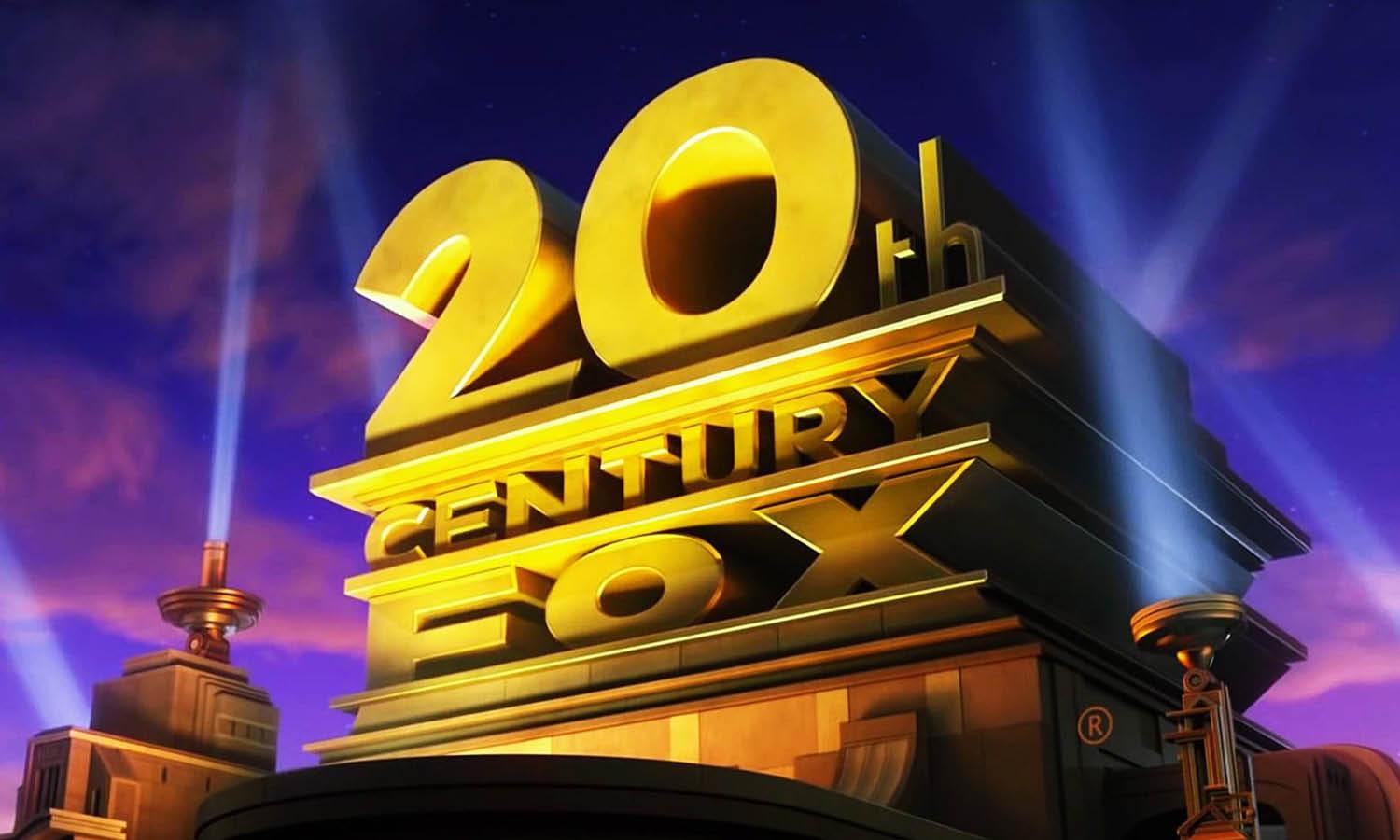
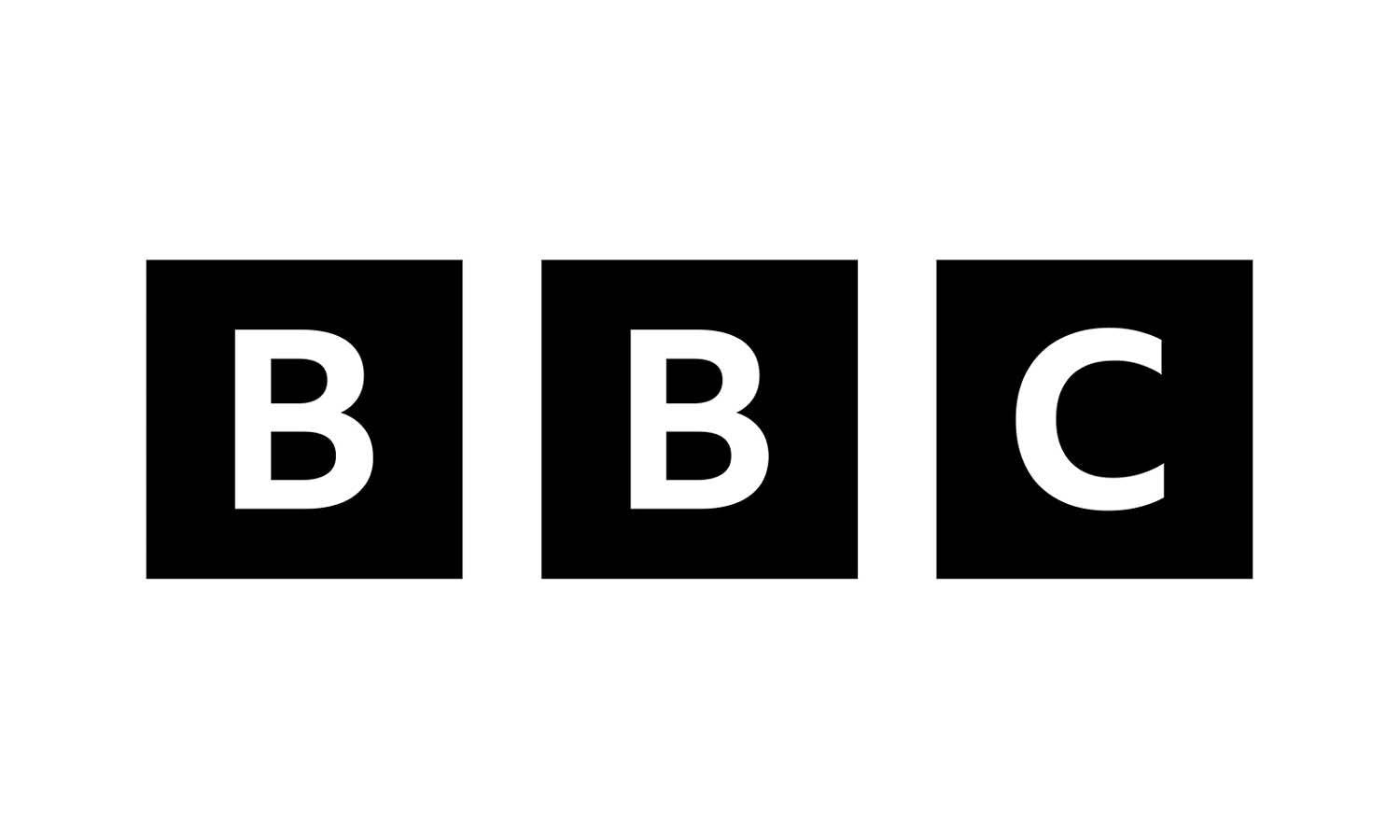
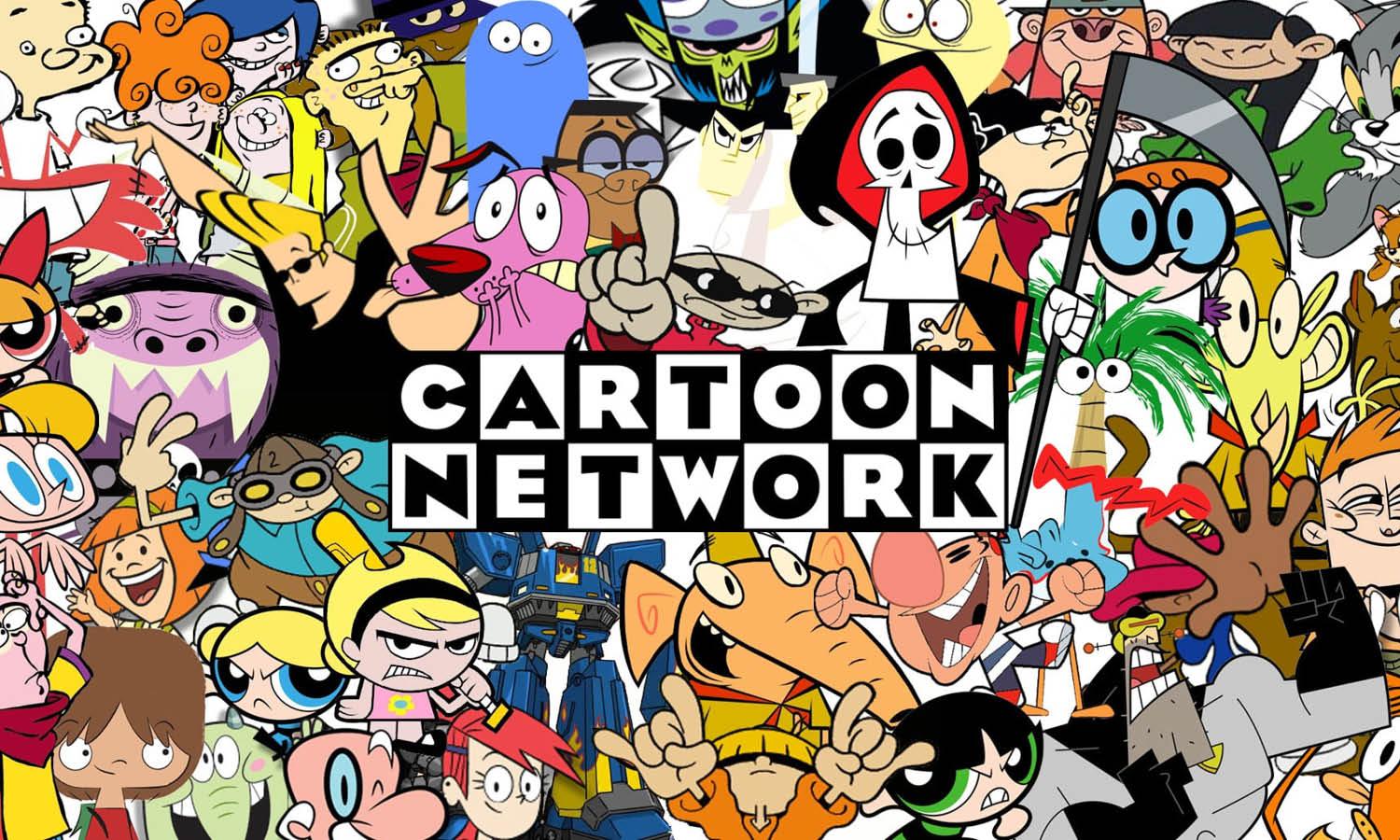
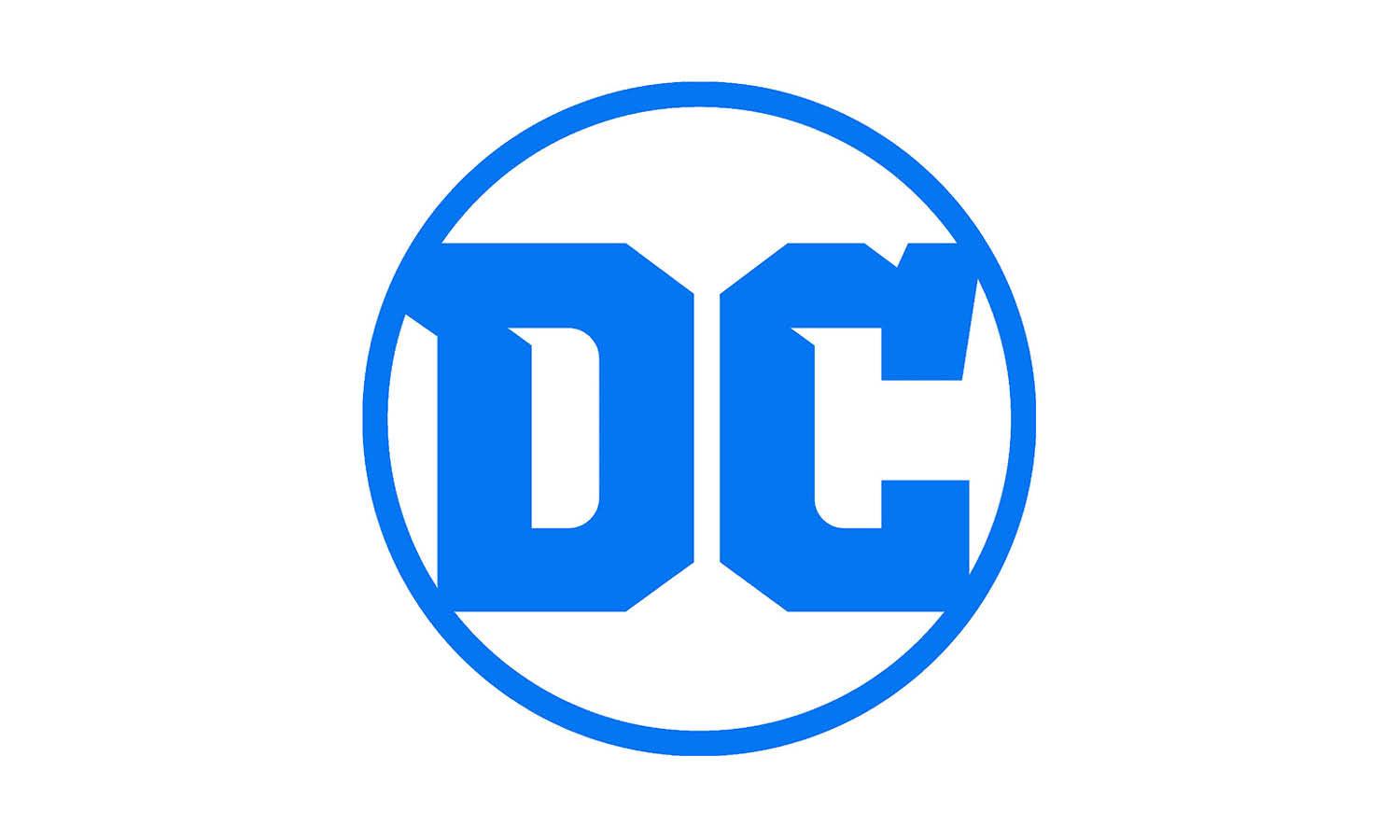
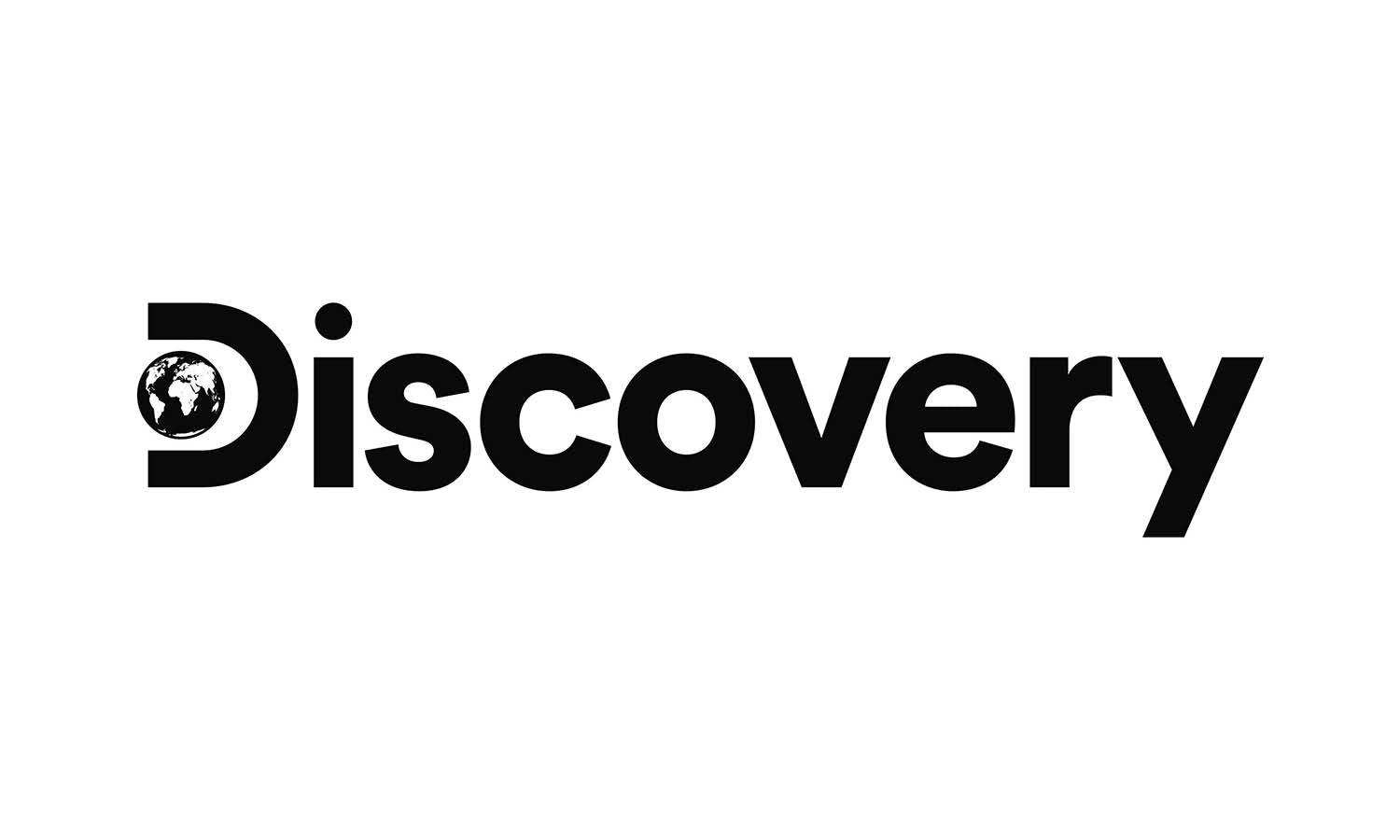
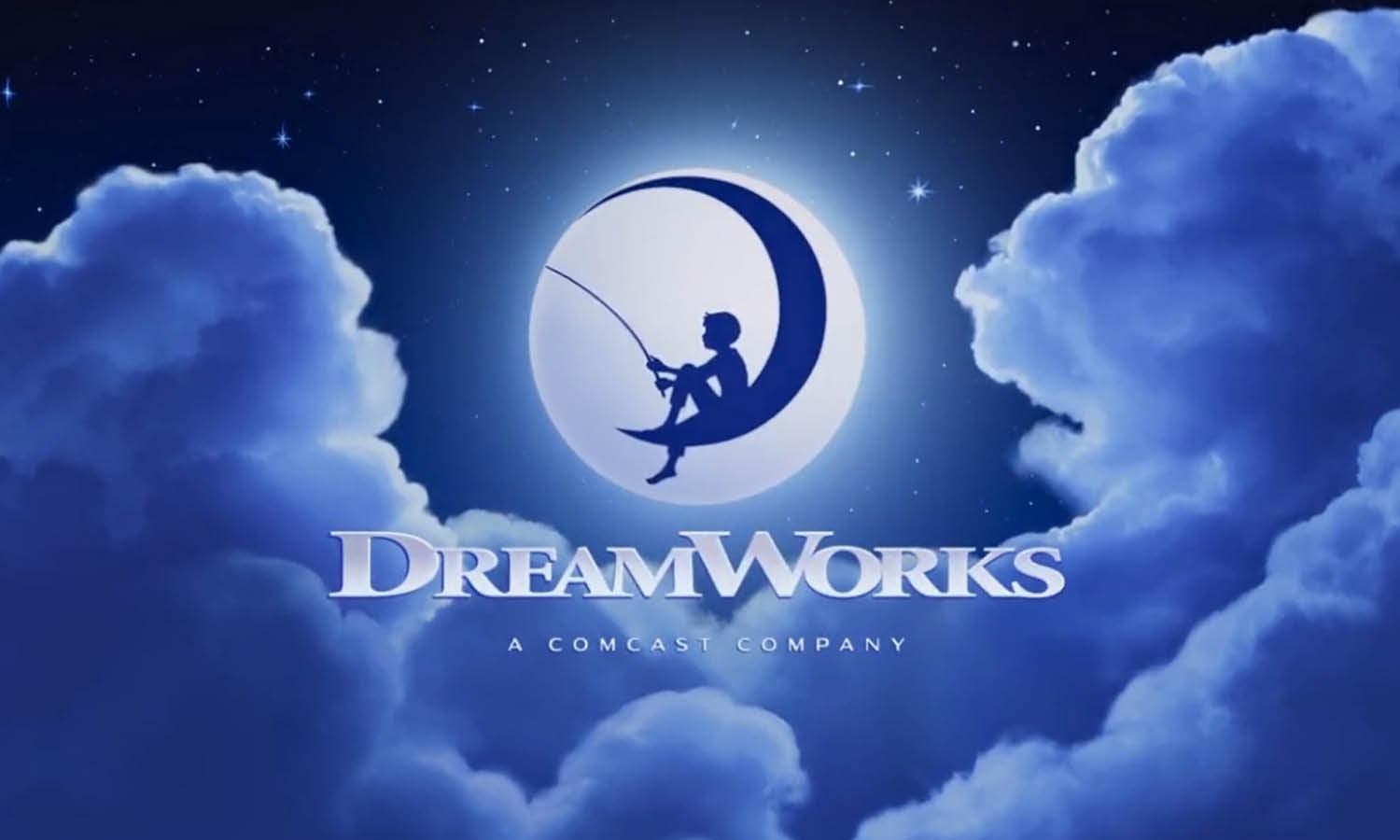









Leave a Comment